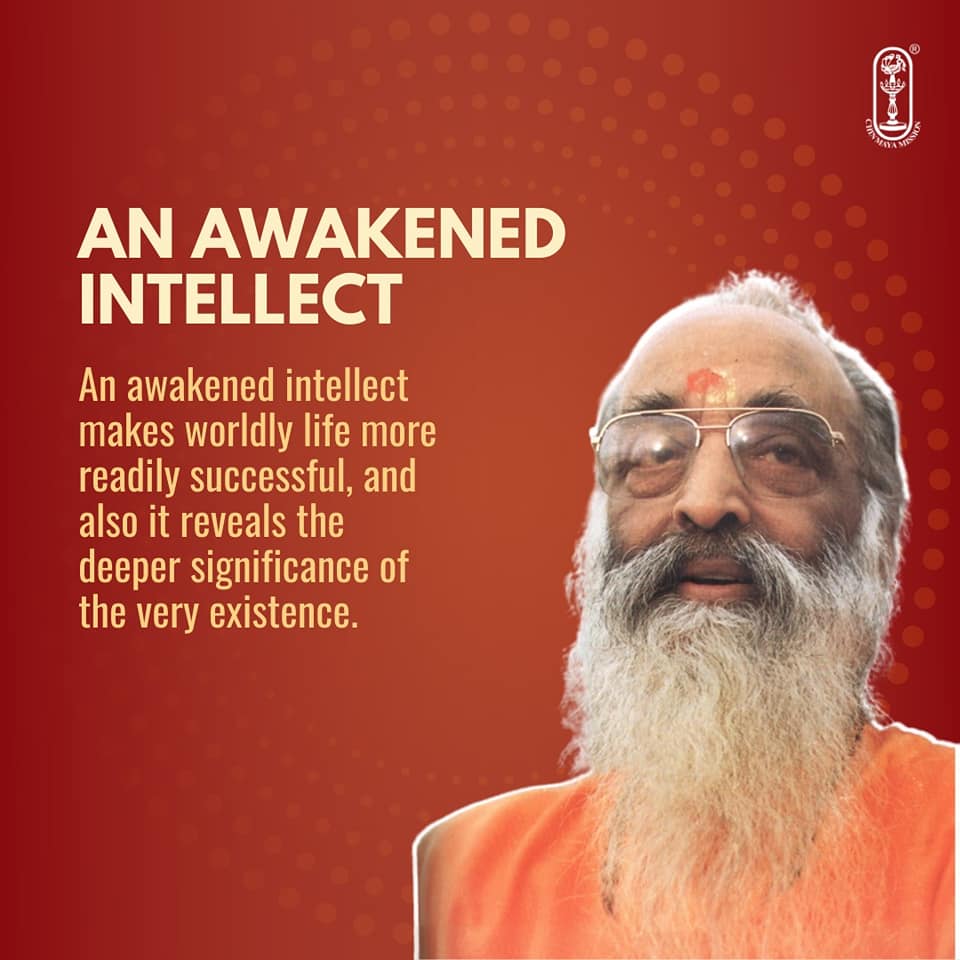Srimad Maha Bhagavatham : 5.5. - Swami Krishnananda.
=========================================================================
Tuesday, 16 May, 2023. 05:30.
Discourse 5: Narada Instructs Yudhisthira on Ashrama Dharma -5.
=========================================================================
There are also various other ways. This is a transcendental technique of the Aranyaka portion of the Vedas, but we have other devotional paths which can also be called upasana—such as contemplation/meditation on a form of God, or an ishta devata, as it is called, that we think is suitable for us. The ishta devata is a chosen deity. It may be the name that we give to our concept of God as a person pervading the whole world, or as a person seated near us as an image on our altar or a murti in a temple, as the case may be. In the earlier stages, we may require a physical form of the object of our meditation, and that could be a yantra, mantra, murti, image, idol, saligrama, painted picture or whatever it is, for the purpose of concentration.
The reason is, we have to divert our affection for life to the life of the Total. We love ourselves, we love our own life, but it is good that we love the Total Life which has bequeathed to us this personal life. If the Total Life is ignored, the personal life cannot be guarded. It is the security of the Total Life that gives us security here individually, because the Total controls individual existence, as the whole is inclusive of all the parts. We should not imagine that we can have everything that we want individually, irrespective of our concern for the world that is outside us. The world is not outside us, really speaking; it is ingrained into the very vitals of our energy. It is actually the warp and woof of our existence. The five elements, including the sun, moon and stars, all superintend our sense organs, mind, intellect, etc. Such meditation is called for through a gradual process.
In order to go on with this meditation, we have to take our ishta devata for our contemplation. Our ishta devata can be Rama, Krishna, Devi, Bhagavati, Narayana, Siva, Ganesha or whatever the case may be, or if we belong to another religious faith it may be the concept of Allah, Jesus Christ, Father in heaven, etc. Whatever it be, that concept has to be internalised for the purpose of upasana. We should think only that and nothing else, and believe in the protection that it can grant us. The ishta devata protects us, guides us, and enlightens us. It gives us security, and we feel happy with it. Some devotees hug the image of their ishta devata, wear it around their necks, kiss it, and feel that it is their beloved. It is truly that, because it symbolises the divinity that is pervading everywhere. Such kind of upasanas, to mention briefly, are the duties of a Vanaprastha.
But there is a still higher stage, called Sannyasa. It does not mean shaving the head, wearing a robe, and saying “I am a Sannyasin”. God is not afraid of all these rituals. It is a gradual rise from maturity to maturity. It is not that the Sannyasin is an old man, the Grihastha is youthful, and the Brahmachari is a little boy; these ideas must be cast aside. These stages are all forms of operation of the mind in various degrees of perfection. We rise from perfection to perfection. Every stage is a stage of perfection—only, one is a miniature form of it, another is a wider form of it, and it goes on enlarging its circle until it becomes total perfection.
The Sannyasin is the apex of energy conservation and meditation, and it has nothing to do with shaving one's head or wearing a particular cloth, which are only social requirements that have been imposed upon individuals for keeping abreast with the circumstances of present living. It is to be remembered that we cannot take our Sannyasa cloth to God when we enter Him; we go bare, as a centre of consciousness, without any cloth, without hair, without head, without anything. We know what will go when one emerges from this body, and that is what is important.
To be continued









Comments
Post a Comment